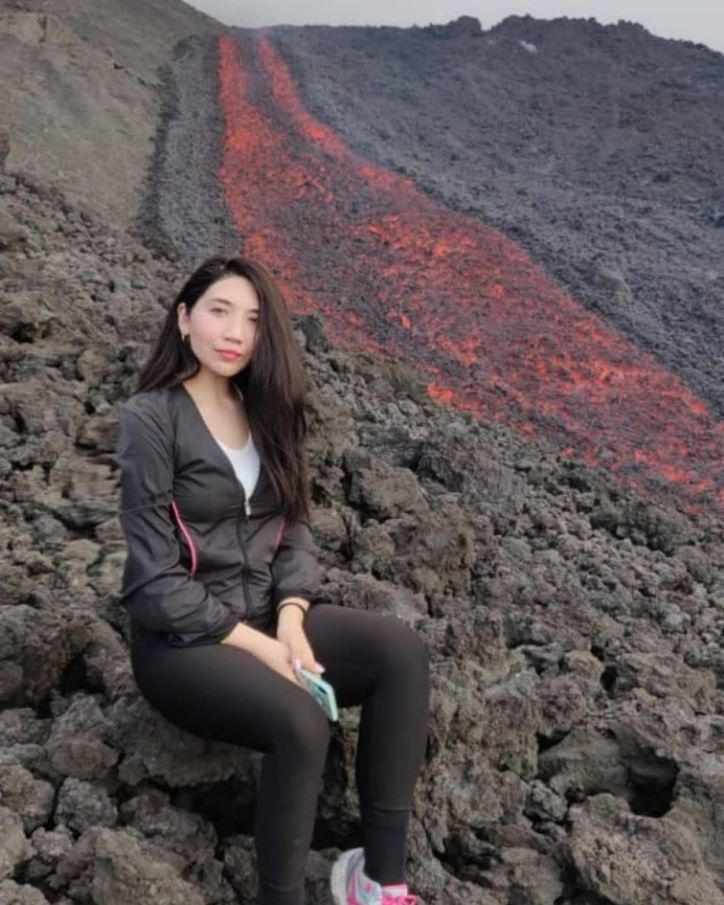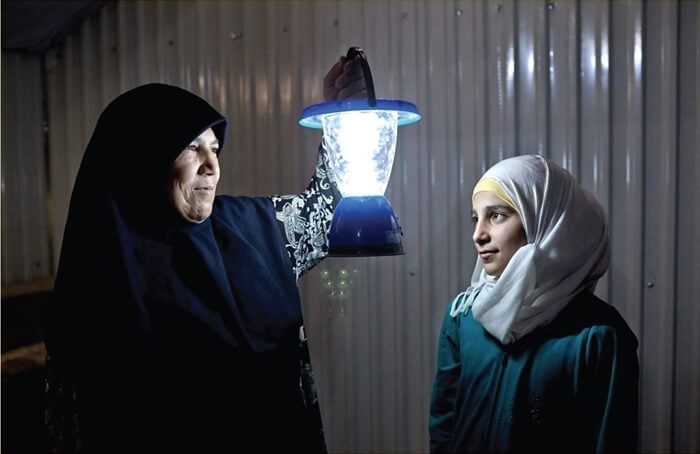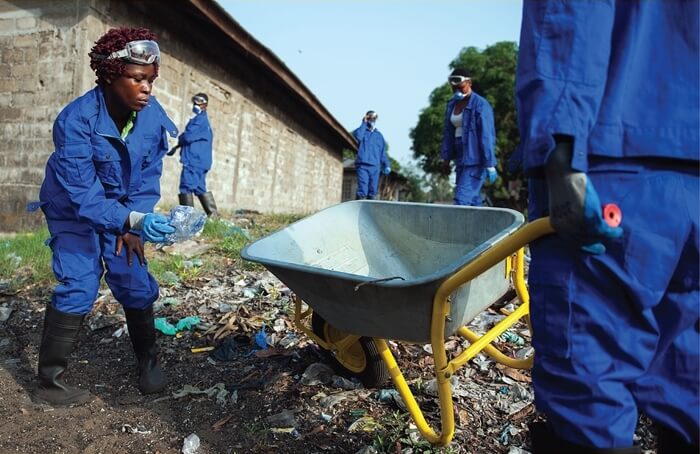Excerpt from bbc.com
My husband and I awoke to the voice of our guide, Indra, outside our bungalow. “Hey guys, we’re on,” he said. It was 04.30 and still pitch black out, but the sea was calm and the waning crescent moon was full of promise. A flock of Papuan hornbills soared overhead, their sound mimicking that of a helicopter flying by.
We were in Triton Bay in Indonesia’s West Papua province to experience its incredible underwater landscape and photograph whale sharks. Triton Bay is one of very few places in the world where scuba diving with whale sharks is allowed, and the low visitor numbers and immense marine biodiversity make it one of the most unique and beautiful places to do it.
Safeguarded by virtue of its remoteness (Triton Bay is part of the Bird’s Head Seascape, a 225,000 sq km global epicentre of marine biodiversity on West Papua’s north-west tip), fewer than 500 people venture here each year. Those who do come will be awed by lush limestone peaks and white talcum-powder sands that plunge into a kaleidoscope of underwater coral gardens in nutrient dense, inky-blue seas.
We were staying at Triton Bay Divers, the first and only resort in Triton Bay: it caters to just 12 guests and organises dives with the giant sharks. We emerged from our beachfront bungalow and excitedly climbed into the waiting boat. Our Papuan captain signalled for us to turn off our torches so his night vision could take over: he needed it to safely navigate around the many islands and rocky limestone outcrops as we searched for the floating wooden fishing platforms, called bagans, where the whale sharks congregate.

Island Innovation is a social enterprise and digital media company at the intersection of sustainable development and communications, offering specialised services across various sectors. We bring together the private sector, government, utilities, NGOs and universities to advance innovation for sustainability and prosperity in islands worldwide.















